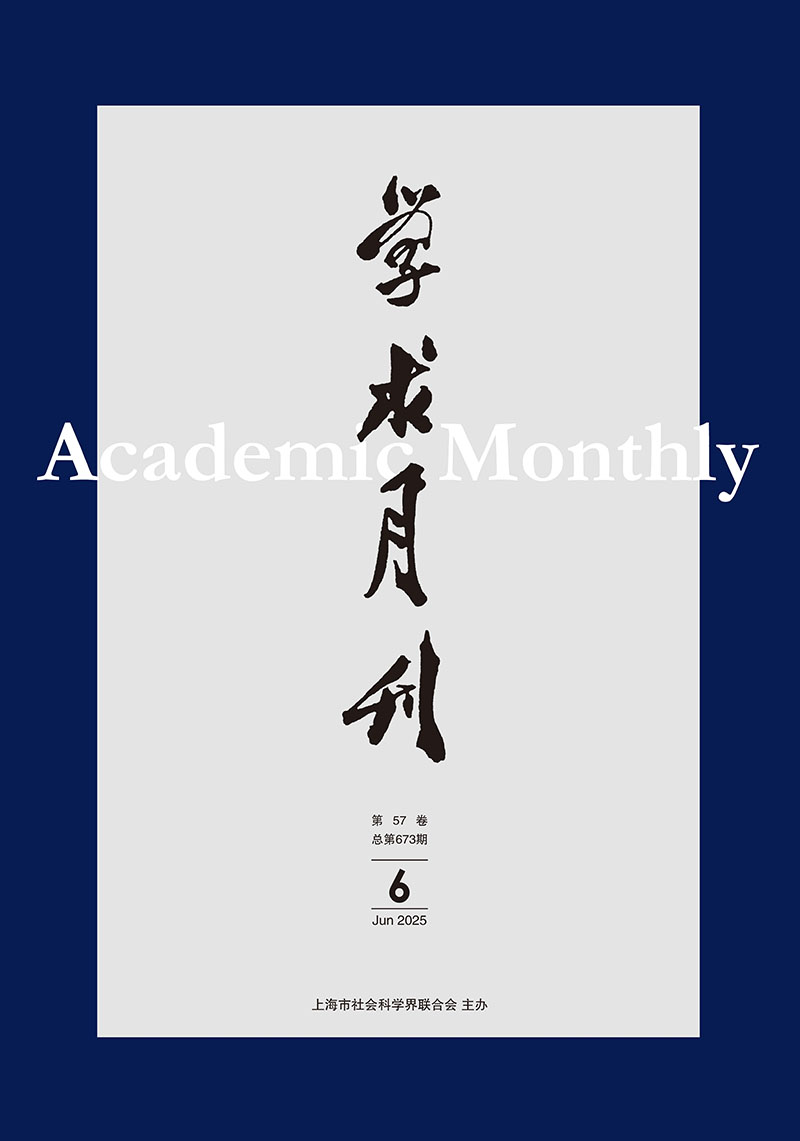Statistics and Classification: The Historical Obscuration of the Concept of “Labor” in Modern China——Centering on the Construction of “Dependent” and the Simplification of “Labor”
Abstract: In its acceptance of and resistance with colonial modernity, modern Chinese labor surveys have obscured the richness and diversity of labor, especially in terms of women's labor, and rigidly branded it as the "productive labor" of lower-class women in line with the beauty of simplicity. It went through four processes: the 19th century census statistics in Britain, Australia, and the United States first constructed the category of "dependent" who did not "labor"; the Chinese sociologist Tao Menghe introduced the term into local social surveys and shaped the category of ‘dependent' who did not "labor" in the Chinese family; The intellectuals of the Peking Social Survey Institute systematically conducted labor surveys, which narrowed the concepts of "labor" and "women's labor"; The Ministry of Industry of the Nationalist government followed up with the publication of two Chinese Labor Yearbooks, which once again regulated ‘labor' and counterfactually created "labor" that matched its expectation. Although the Ministry of Industry still revealed the plurality of women's labor in its yearbooks, it attempted to fix it as the hierarchical, clear, and concise "productive labor" of lower-class women under the vision of the modern state.



 沪公网安备 31010102003103号
沪公网安备 31010102003103号 DownLoad:
DownLoad: